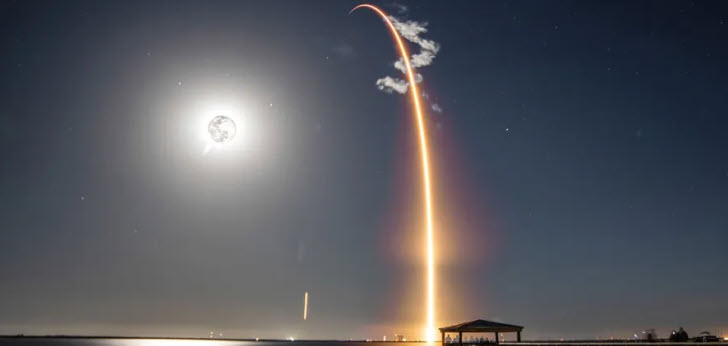Spanish operator Hispasat has launched its most advanced satellite, Amazonas Nexus, into space.
It will provide internet to passenger flights over the Atlantic Ocean and the most remote regions of Greenland.
The launch, which had to be postponed by one day due to difficult weather conditions, was carried out aboard a Falcon 9 rocket of the US company SpaceX from its facilities in Cape Canaveral (Florida).

Nexus will take up a fixed position over Brazil, giving it a wide coverage area, including the North and South Atlantic corridors, the American continent, and Greenland.
This has enabled Hispasat to reach an agreement with internet provider Gogo – now part of Intelsat – that will allow passengers on transatlantic flights to make video calls or watch TV while traveling.
This focus on mobility, both in the air and on the water, sets Amazon Nexus apart from the company’s other satellites, which focus more on broadcasting audiovisual content.
“For the thousands of ships that travel between Europe and the Americas, for the thousands and thousands of airplanes that connect us every day… the satellite is a great tool for delivering quality internet,” explained Hispasat president Jordi Hereu.
In addition to the project to offer Internet on airplanes, Hispasat has already reached two other agreements: one with the National Communications Company of Greenland and another with the communications company Artel, which is working on a US Space Force plan to improve satellite connectivity.
The agreement with Greenland will allow the most remote villages in the north and east of the region, which do not have fiber optic lines, to connect to the Internet.
It will also help provide business services to mining companies in the area.

